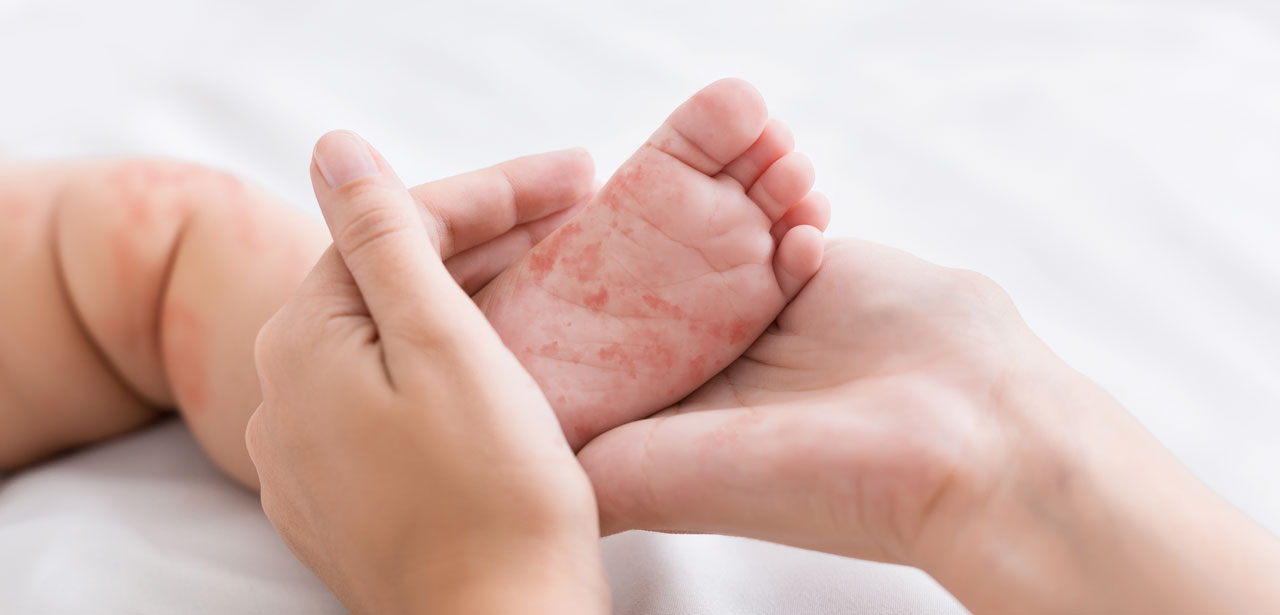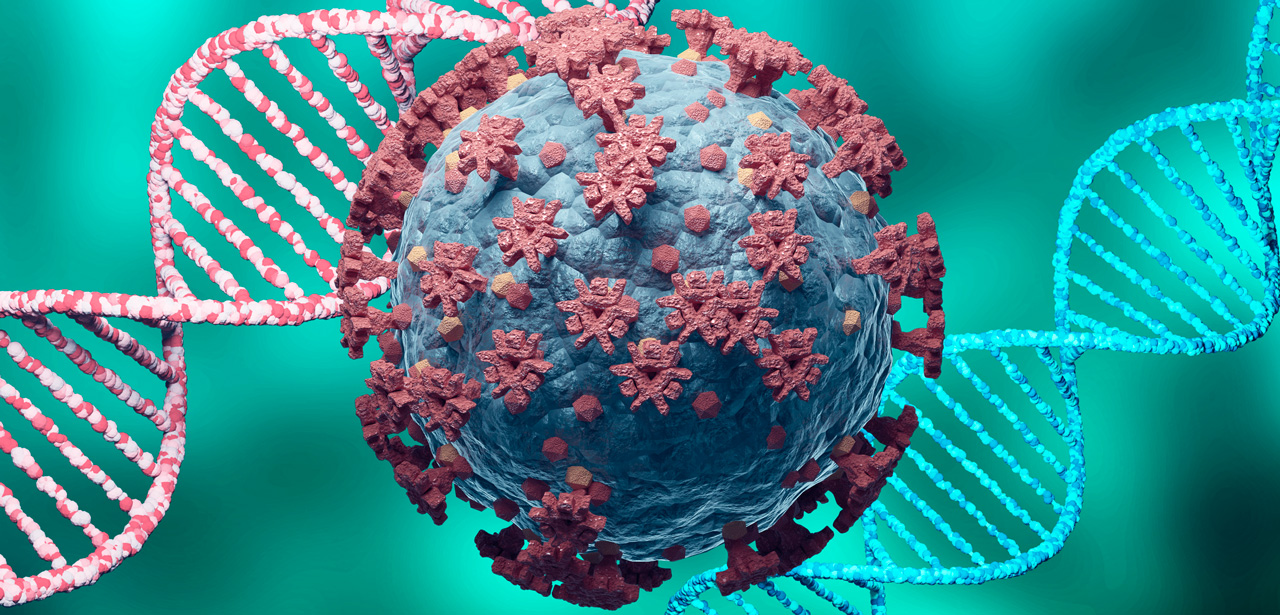Influenza-like illness (ILI) surveillance is important to identify circulating and emerging/reemerging strains and unusual epidemiological trends. The present study aimed to give an accurate picture of the 2012-2013 ILI outbreak in Corsica by combining data from several surveillance systems: general practice, emergency general practice, hospital emergency units, intensive care units, and nursing homes. Twenty-eight respiratory viruses were retrospectively investigated from patients in general practice with ILI. Sequence analysis of the genetic changes in the hemagglutinin gene of influenza viruses (A(H1N1)pdm2009, A(H3N2) and B) was performed. The trends in ILI/influenza consultation rates and the relative illness ratios (RIRs) of having an ILI consultation were estimated by age group for the different surveillance systems analyzed. Of the 182 ILI patients enrolled by general practitioners, 57.7% tested positive for influenza viruses. Phylogenetic analyses suggested a genetic drift for influenza B and A(H3N2) viruses. The ILI/influenza surveillance systems showed similar trends and were well correlated. In accordance with virological data, the RIRs of having an ILI consultation were highest among the young (less than 15 years old) and decreased with age. No clusters of acute respiratory illness were declared by the sentinel nursing homes. This study is noteworthy in that it is the first extensive description of the 2012-2013 ILI outbreak in Corsica as monitored through several surveillance systems. To improve ILI surveillance in Corsica, a consortium that links together the complementary regional surveillance ILI systems described here is being implemented. (R.A.)
Auteur : Minodier L, Arena C, Heuze G, Ruello M, Amoros JP, Souty C, Varesi L, Falchi A
PloS one, 2014, vol. 9, n°. 6, p. e100388


